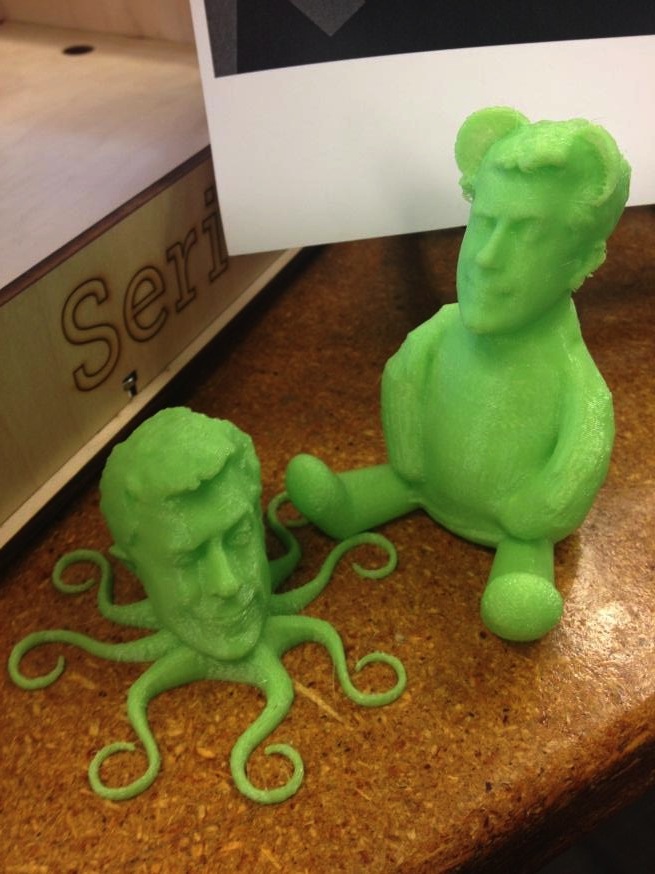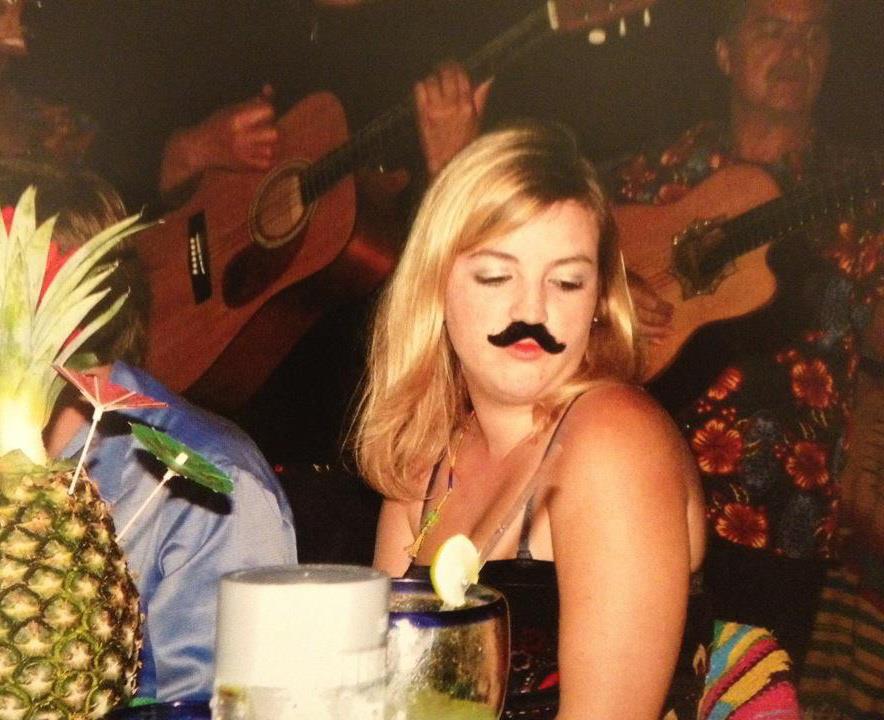All my life I’ve loved to make things. While other little girls played with Barbie dolls and learned how to put their hair in ponytails, I sorted through my massive Lego collection, building structures without any particular roadmap. As I got older, the Legos stayed behind with my younger brothers while I went off into the world and gradually lost time for crafts and hobbies. Part of it was becoming more involved in typical young person activities, part of it was my inability to grow due to a lack of technical skills, and part of it was just because Legos didn’t fit the stereotype I had in my head of how I should be spending my time.
When I hear the word “maker,” I think of circuit-savvy engineers and designers tinkering with metal and wood. I imagine them sharing stories over their mechanical design degrees, creating the Next Big Thing in garages full of 3D-printers running night and day, printing out the creatures they’ve built using software that they learned in the womb. These are the technically proficient geniuses that made you look bad at school science fairs, with their homemade quadcopters flying literal circles around the Grow Your Own Minerals kit found in your closet at home.
Even in the modern age where encyclopedic knowledge is available on a whim, making things seems so far out of my reach. For example, the only DIY board I have on Pinterest is called, “Projects I Will Never Do.” I once ruined Kraft Mac N Cheese, which gives me very little confidence that I could use a wood lathe without giving myself a quirky, painful haircut. This doesn’t mean my head isn’t still swimming with ideas about all the things I would love to make; it just means that I’ve never been able to tap into my creativity due to cost and skill-related reasons.
Imagine my joy when I stumbled upon a goldmine of resources for people just like me: the makers who never knew they were makers. I found that the world is full of individuals in my position, untrained but yearning to join the maker movement. So for those of you who are finding yourselves in the same boat as me, check out what I found:
TechShop: Available in multiple cities across the US, you can come here to take classes on woodworking, 3D printing, laser cutting, silkscreening, jewelry-making, and all sorts of other fun things. This is in addition to being able to leverage the space as a workshop once you learn the skills you seek. Check out these Lego earrings I made!
Hackerspaces: Hackerspaces, such as Noisebridge in San Francisco, are community-operated places where people meet, learn from one another, and work on projects together. All skill levels can join to take classes and discuss a wide range of topics, from programming code to the finer details of circuitry.
MakerFaire: What better way to see how different kinds of people approach making than to surround yourself with thousands of DIYers at every skill level showing off what they know? MakerFaire is the world’s greatest show and tell, and even if you can’t attend the main events in the Bay Area and New York, there are lots of mini-maker faires throughout the world that you can go to instead.
Thingiverse/123D/Blender: I’m officially obsessed with 3D printing but I’ve never designed anything using software before. These free, online tools are a great way to get started so you can design and print your very own Stephen Colbear.
Instructables: There are some great project suggestions online but oftentimes you are stuck with just a picture of the thing you want to make without any info on how to actually make it. Instructables crowdsources step-by-step guides for a broad range of DIY projects, from making challah bread to building aluminum skateboards.
After encountering all of this, I’ve challenged my perception of innovation by asking myself, “What makes the maker?” I now bear witness to the fact that creativity exists in everyone, because I discovered it in myself. Though some may have an innate disposition towards making things, or perhaps have undergone lots of technical training, everyone still harbors a creative spirit that can be uncovered. If you don’t think you have what it takes, just imagine the smile on your face the first time someone asks you, “Where did you buy that?” and you get to respond, “Actually, I made it.”
According to her mother, “Silicon” Ali is a modern Renaissance woman, with interests ranging from cartography to terrarium architecture. She works as a Marketing Communications Manager at Autodesk, and in her spare time you can find her traveling the world, giving tours of San Francisco, or cuddling with puppies.













Leave A Comment
You must be logged in to post a comment.